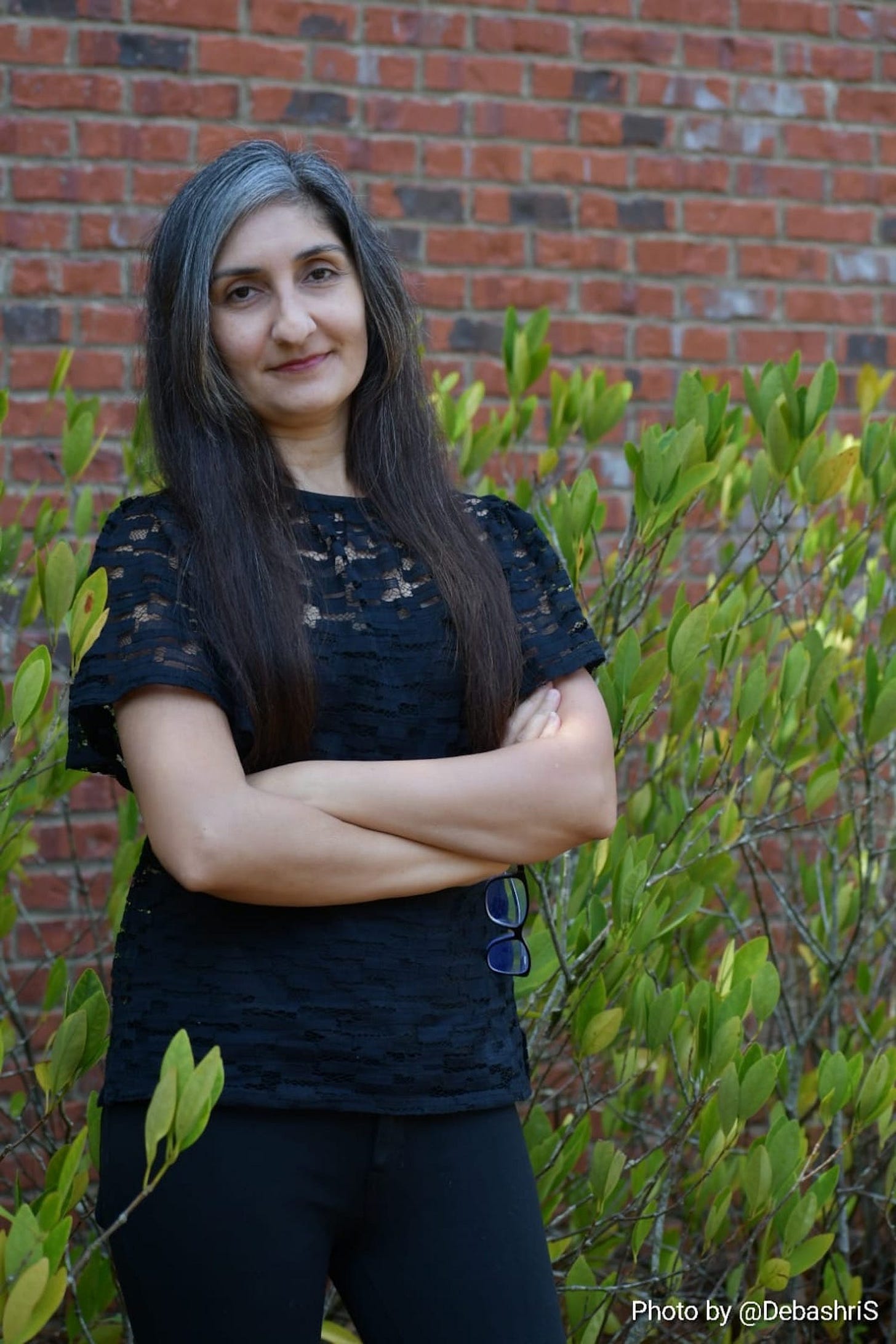Anjali Enjeti: "Terminology can open doors to understanding yourself"
The author on overcoming invisibility, performing culture and the layers of mixedness
Hi, welcome back to Mixed Messages! This week, I’m speaking to author, teacher and organiser Anjali Enjeti, who is of Indian, Puerto Rican and Australian heritage. I’m always keen to speak to fellow Indian-mixed people to compare and contrast our experiences, even if we grew up on different sides of the world. Here, Anjali shares some of the thoughts th…


